
Product information
Jérôme Prévost La Closerie Les Béguines LC17
$210
Description
Extra Brut. As you probably know, Jérôme Prévost doesn’t make vintage labelled Champagnes, but his wines are always of a single vintage and he puts a code on the bottle to indicate the year of harvest. This “LC” number (Lot Consigné), printed on the base of the label indicates the vintage. This bottling is LC17, so 2017.
As always the wine was vinified without any additions in large-format, used barrels for ten months and bottled unfiltered. Prévost disgorged the wine after 17 months on lees and added approximately 2g/L dosage, so the wine is Extra Brut. It is always tricky to pen a wine note for a wine that has just landed but here we go. Typically we speak of Les Béguines needing plenty of time in bottle yet this 2017 is already drinking beautifully with an open, pulpy texture (so long as not served ice cold) and layers of ripe pear, lemon curd, and hay-like notes. It’s a much more seductive example of Les Béguines than other recent releases and will give enormous pleasure from the get-go. The note below sums this beautiful wine very well.
“The NV Extra Brut Les Béguines LC 17 will be disgorged in October, and it has clearly turned out very well despite the challenging year, wafting from the glass with aromas of citrus oil, candle wax, white flowers, warm bread and spices, with only hints of the further complexity to come. On the palate, it’s medium to full-bodied, lively and concentrated, with a ripe and enveloping core of fruit underpinned by racy acids.” 94 points, William Kelley, The Wine Advocate
Out of stock
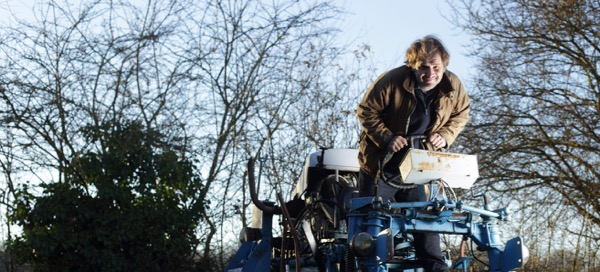 2017 was nothing if not a year of contrasts for Jérôme Prévost. Prévost’s new cuverie is now up and running, and not a moment too soon. Prévost had long outgrown his previous cellars—the small barn-cum-winery behind his former house where, quite literally, you couldn’t swing a cat—so the new bespoke digs are just what the doctor ordered. Sadly the excitement of the new cellars (and new house) were tempered by Prévost’s smallest harvest imaginable. To paraphrase Dickens, in 2017 the [weather] did what it liked, and what it liked was destruction. Prévost’s Les Béguines lost 80% in the much-publicized April frosts, a figure that was then exacerbated by the freakish summer rains and subsequent humidity. For a large or medium-sized producer, the final losses of roughly 90%, would have been grim enough.
2017 was nothing if not a year of contrasts for Jérôme Prévost. Prévost’s new cuverie is now up and running, and not a moment too soon. Prévost had long outgrown his previous cellars—the small barn-cum-winery behind his former house where, quite literally, you couldn’t swing a cat—so the new bespoke digs are just what the doctor ordered. Sadly the excitement of the new cellars (and new house) were tempered by Prévost’s smallest harvest imaginable. To paraphrase Dickens, in 2017 the [weather] did what it liked, and what it liked was destruction. Prévost’s Les Béguines lost 80% in the much-publicized April frosts, a figure that was then exacerbated by the freakish summer rains and subsequent humidity. For a large or medium-sized producer, the final losses of roughly 90%, would have been grim enough.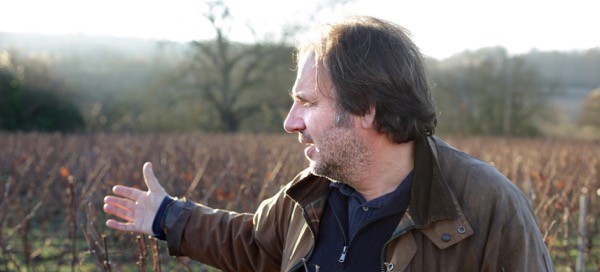
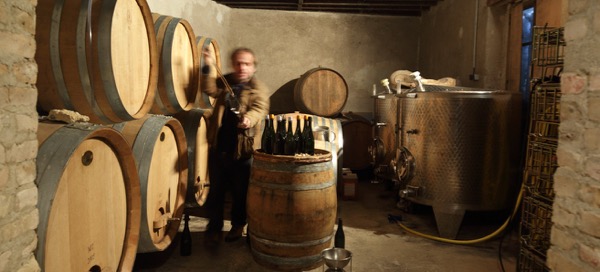
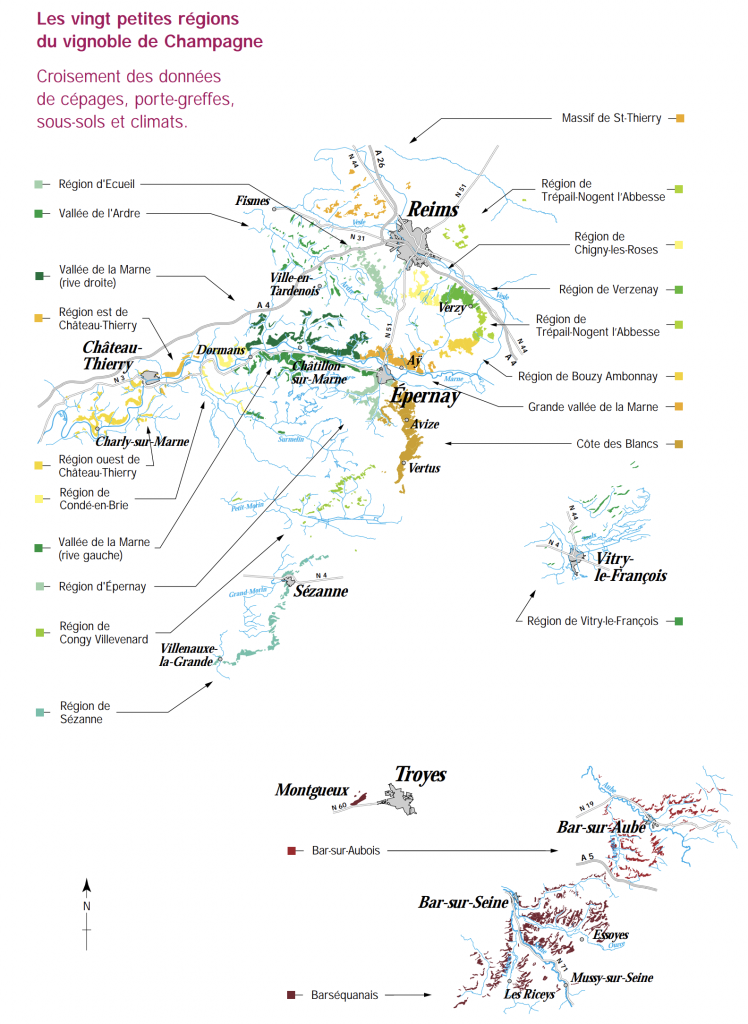




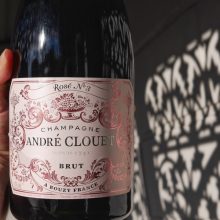


You must be logged in to post a comment.